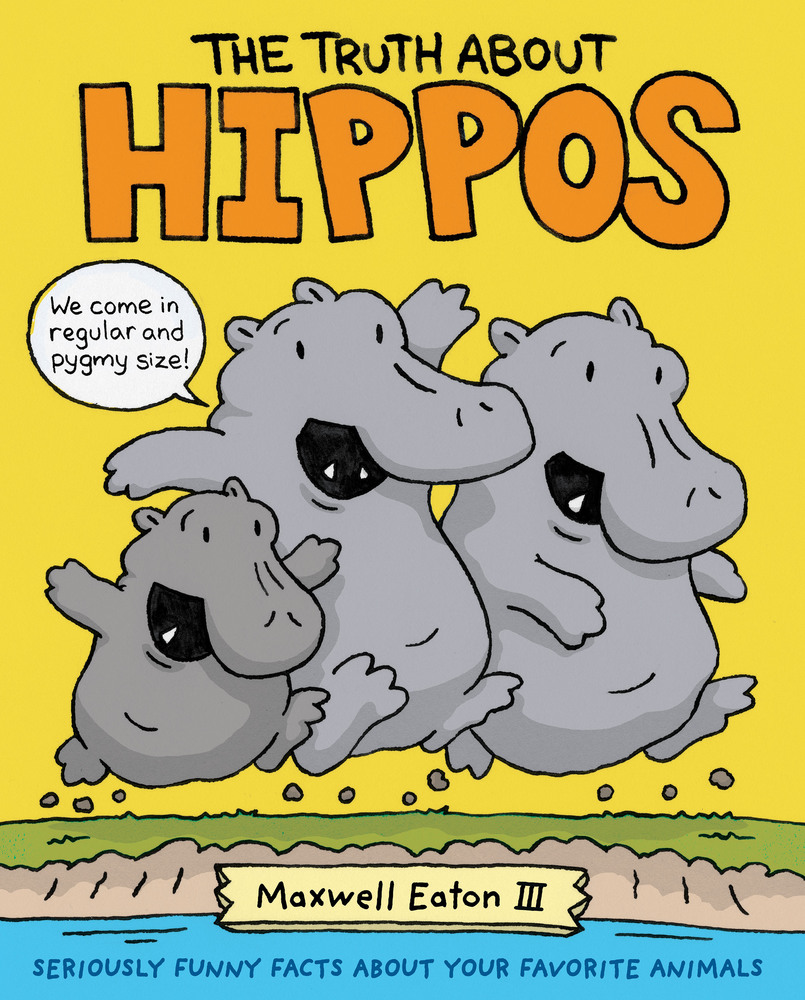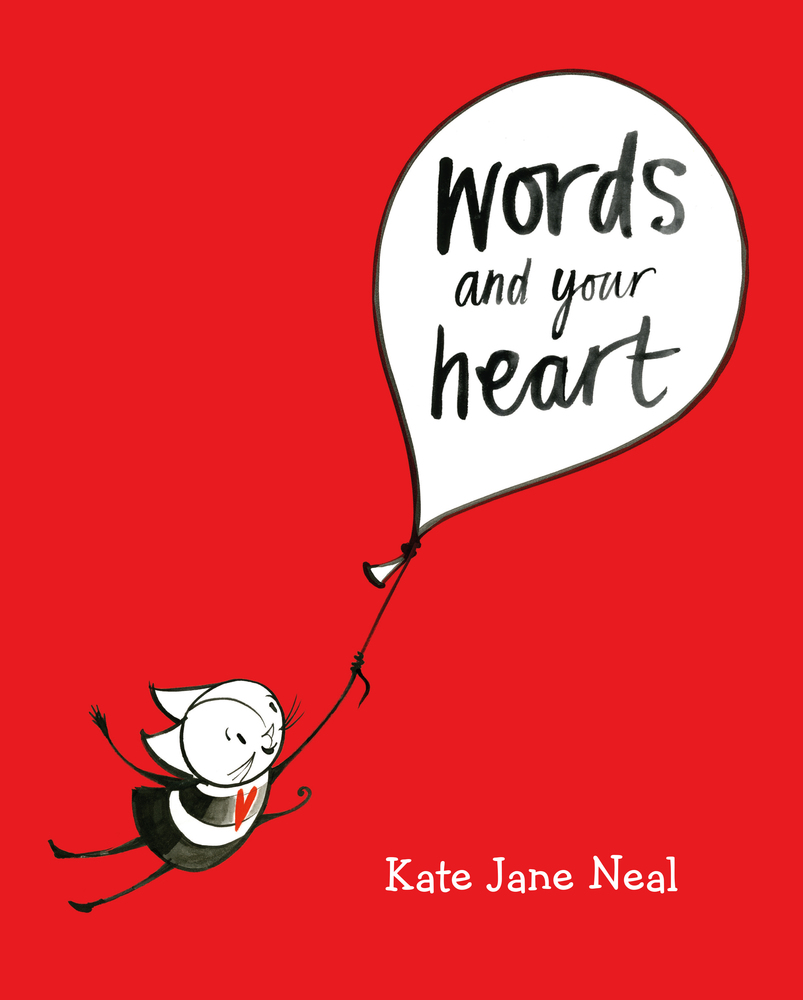The Truth about Hippos and The Truth about Bears and The
Truth about Dolphins by Maxwell Eaton III



All
three of these books are filled with facts about the respective animals and
while the facts are interesting and true, it would be difficult to classify
them as nonfiction. The author uses a self-referential metafictional style to
tell the story that keeps even the most bored student interested. These would
be great books to use as a model for a report on animals. Ask the students to
read and them copy the style to make their own metafictional report.
Words and Your Heart by Kate Jane Neal

The
first thing that you notice when encountering this book is the red cover and
the red, black and white drawings throughout. The second thing is that the
author is speaking directly to the reader and trying to get their attention.
While the message of this book could be perceived as somewhat didactic, the
illustrations keep the tone light, fanciful and not so much of an I-told-you-so
book as a suggestion book. This book needs to be read more than once for the
message to sink in. To label it simply as an anti-bullying book does not do it
justice. Check it out.
Nerdy Birdy Tweets by Aaron Reynolds, Pictures by
Matt Davies

And now
we have it, a story of two birds, one ignores the other to play online with
Tweety Friends. How do they resolve their issues when tweeting gets in the way
of their friendship? Modern day book on
manners in the age of electronic toys.
Not so
Different: What you Really Want to Ask about Having a Disability by Shane
Vurcaw with photographs by Matt Carr

Shane
Burcaw has Spinal Muscular Atrophy which is a long name for a disease that
causes his muscles to be very weak. He has had this disease since birth and it
causes him to be in a wheelchair. In spite of this, Shane has a very positive
outlook on life and has written this book to help others, particularly children,
understand a little about his disability. One of the things I like about this
book is that it is told in the first person. This is Shane’s story and there is
no reason why he cannot tell it. While Shane never says it, it is clear that he
does not see himself as disabled, rather he is differently abled. He gives
frank answers to questions that he receives frequently in his life and he
speaks from his heart.
Hooked by Tommy
Greenwald, Illustrations by David McPhail

How can a father become close to his child? This could be
an alternative name for this book. Joe loves to fish and his dad (perhaps a
single father) emphatically does not like fishing. Until one day when Joe
really needs his dad to go with him on an ice-fishing trip. Joe and his dad
form a special bond that day; they talk and laugh and share memories while
making new memories. And, finally, Joe’s dad is hooked on fishing. And that is
how a father becomes close to his child.
The Bat Can Bat: A Book of True Homonyms by Gene Barretta

As Barretta explains in the beginning of this delightful
book, a homonym represents a pair of words that are spelled the same,
pronounced the same and have different meanings, like bat and bat. They are not
to be confused with homophones which are spelled differently, but sound the
same, like sea and see; or with homographs, which are spelled the same, but
pronounced differently: like tear and tear. Barretta has set the book up to
tell a story about animals playing various sports and uses at least one homonym
on every two page spread. Sometimes, he cleverly works two homonym pairs into a
single sentence like this one: “So, the FLY has to DUCK and the DUCK has to
FLY.” Well, I’d say this was well done!
Vincent Comes Home by
Jessixa Bagley and Aron Bagley

Vincent is a cat who lives on a cargo ship. He enjoys his
life, eating fish, chasing seagulls and watching the stars in the night sky.
But, he is unhappy because he does not get to go home. Finally, when docking in
home port, he follows one of the sailors to see if he can find out what this
place called home is and he finds that “Home is where the people who love you
are.” With this realization, Vincent is unhappy because he feels he must not
have a home. Just then, the captain finds him wandering the streets of the
city, picks him up and says, “Let’s go home!” Vincent’s home is with the
captain and the sailors, on the ship. A great way to introduce the idea of
alternative homes and the importance of people in our concept of what a home
is.
Goldenlocks and the Three
Pirates by April Jones Prince, Pictures by Steven
Salerno

Following
the trajectory of Goldylocks and the Three Bears, Jones introduces three
dastardly pirates and then follows Goldenlocks around their ship, tasting
gruel, and mending stools and hammocks. The use of sea-faring language gives an
added dimension to the story, which is also enhanced by the liberal use of
alliteration. Goldenlocks proves to be so handy that they invite her to join
them on their ship. Fracture Fairy Tales could not have done better.
No comments:
Post a Comment